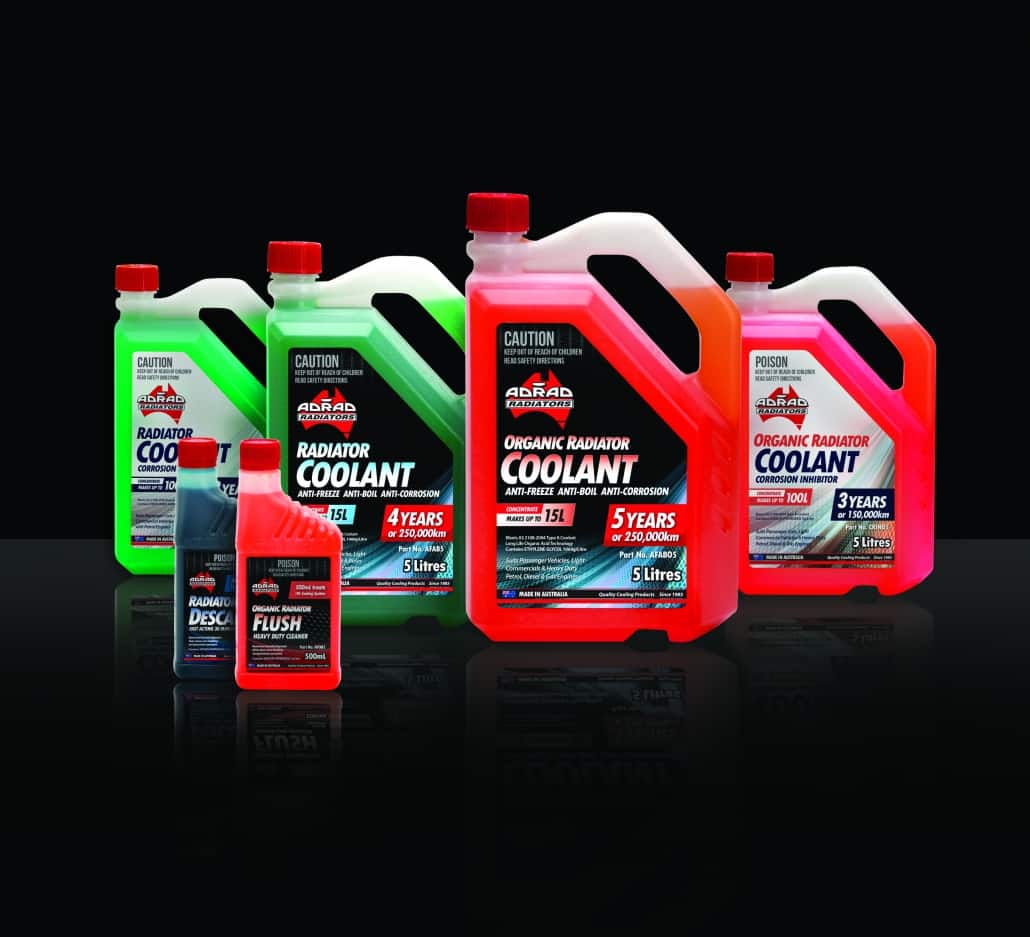


A radiator has fins that radiate heat away from the core of the engine to help keep it cool. There are several components that make up an engine cooling system.

The main purpose of an efficient cooling system is to maintain optimum operating temperature for each part of your car’s internal combustion engine so that the vehicle can perform well during its entire life cycle with maximum efficiency and performance. When any component gets overheated, it damages, which is why we need an efficient engine cooling system to protect our car or bike. If you are using an air-cooled engine, there will be no need for this because it doesn’t get hot at all, but if you are using liquid cooled engines, these components will be very important in protecting your engine from overheating. This system helps to protect the engine against heat damage by removing heat from the cylinder head through the cooling system.Įngine cooling systems consist of a radiator, water pump, Thermostat, and water pressure regulator. How Engine Cooling System WorksĮngine cooling system is a part of the engine that prevents overheating, exhaust gas temperature, and coolant temperatures. The result is that all of these solutions have an average temperature of approximately 15☌ higher than before starting up your car.īecause this process takes place very quickly once your car starts running again, very little time has passed since you turned off your car – only about 10 seconds or so. When you turn off your car, this cycle stops because there is no more room for coolant in the system.Īs soon as you start driving again, warm air comes into contact with cold radiator fluid, which boils and mixes with other fluids in the engine’s cooling system to form new solutions (boiling point: 70☌). This happens because when the coolant gets hot, it expands and pushes open a valve inside the Thermostat that lets coolant out of the radiator and into the engine’s cooling system. The Thermostat allows coolant to circulate through the system until it reaches a certain temperature.

When you turn on the heat in your car, it is normal for the coolant to flow through the Thermostat. What Are The Four Functions Of A Cooling System This results in more pressure being created inside the pipes, which forces more liquid into them, further increasing their volume until all of this additional fluid reaches its maximum capacity and is forced out into an area where it can do no more good for your car’s performance – like a reservoir under your hood or on top of your car. The process works by taking warm liquid (like your car’s coolant) and sending it through a radiator with tubes filled with water or another suitable liquid.Īs the fluid passes through these tubes, it absorbs heat energy from inside the engine block, causing it to become cooler than the outside air temperature. In addition, it helps prevent components from getting too hot and burning out, which may cause damage to other parts of the engine. Using this type of cooling system reduces the heat generated by the engine and thus increases its life span. The coolant is usually water, but other liquids like glycol or alcohol can also be used. The water cooling system in the engine is the process of passing a cold liquid through the radiator.


 0 kommentar(er)
0 kommentar(er)
